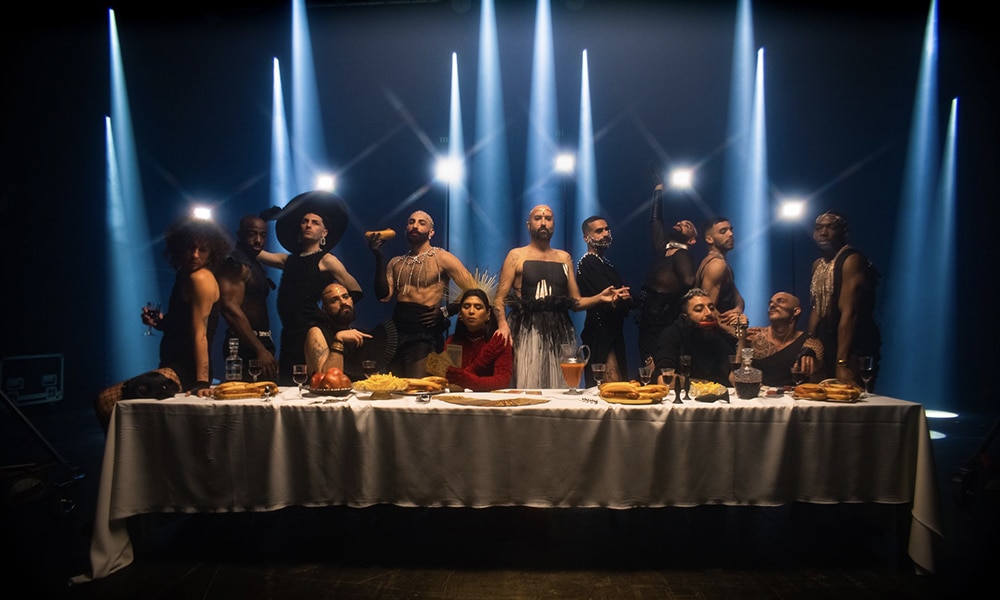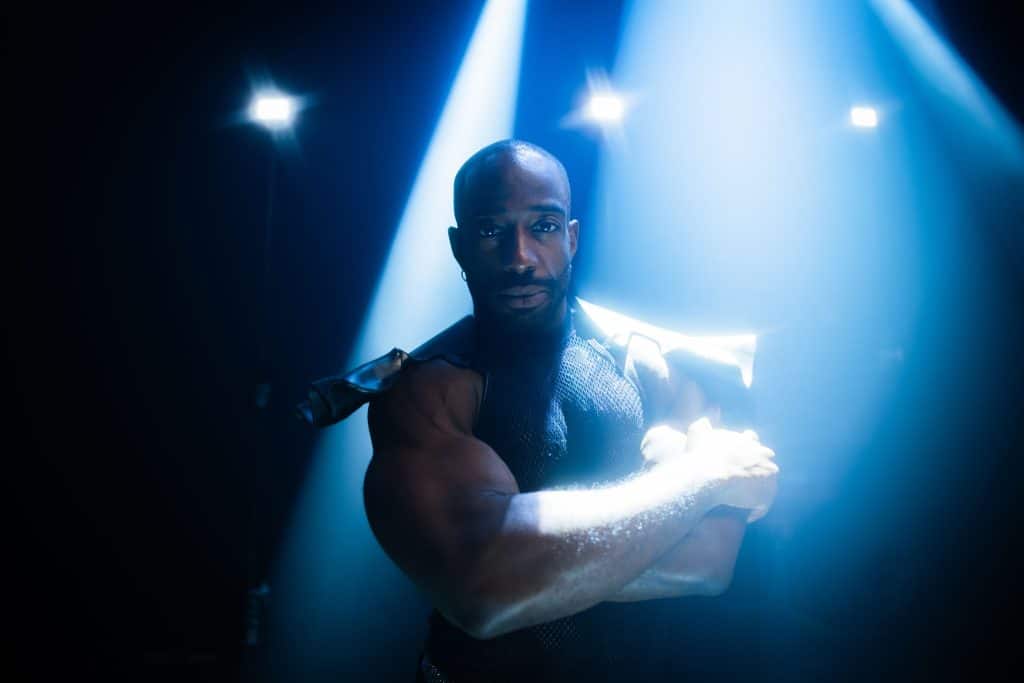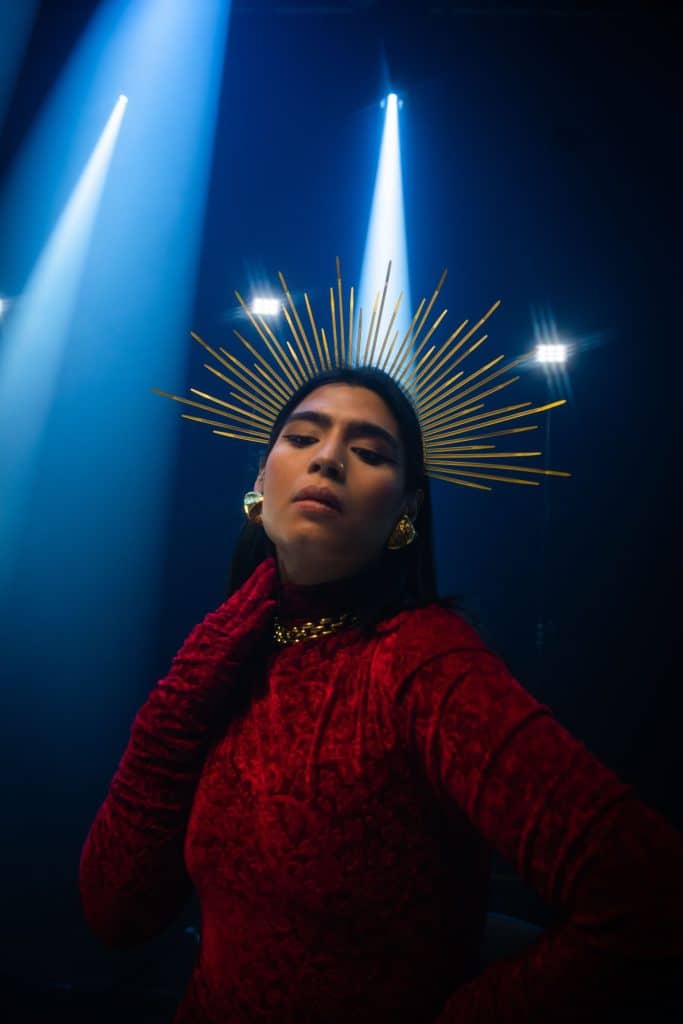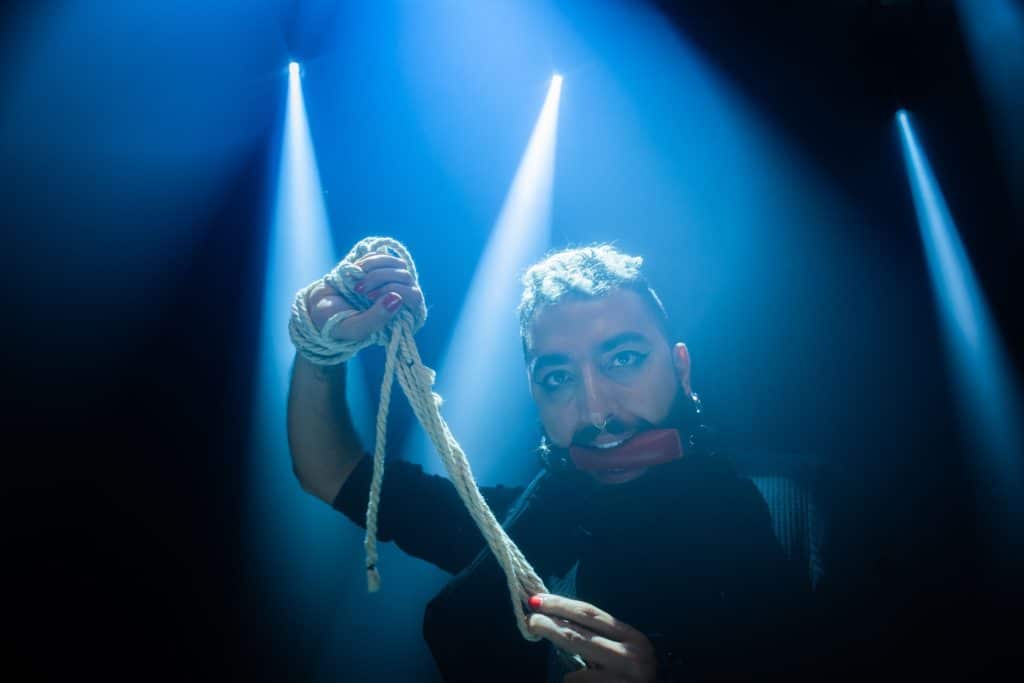I was born in a small village in the middle of Ireland in the 90s. As you can imagine, I grew up in the shadow of the Catholic church. My relationship with the church and religion, in general, is complicated. Despite being so fundamental to the lives of so many of my loved ones, the church has hurt me in ways I can’t fully explain. Even now Catholic imagery and iconography, not unlike Leonardo da Vinci’s The Last Supper, sets off a fight-or-flight response in me.
I realize I’m not alone in this. All over the world, Christianity has left an incalculable impact on queer people. So much of the harm LGBTQIA+ folks face is done in the name of Christianity. Although there are examples of queer-friendly churches, this is by no means the default. Unsurprisingly queer people often have to fend for themselves and navigate their religious communities under the constant threat of ostracisation or violence. Carried on the back of colonialism, the church has left this deadly influence on communities previously accepting of LGBTQIA+ folks. So, where do we go from here?
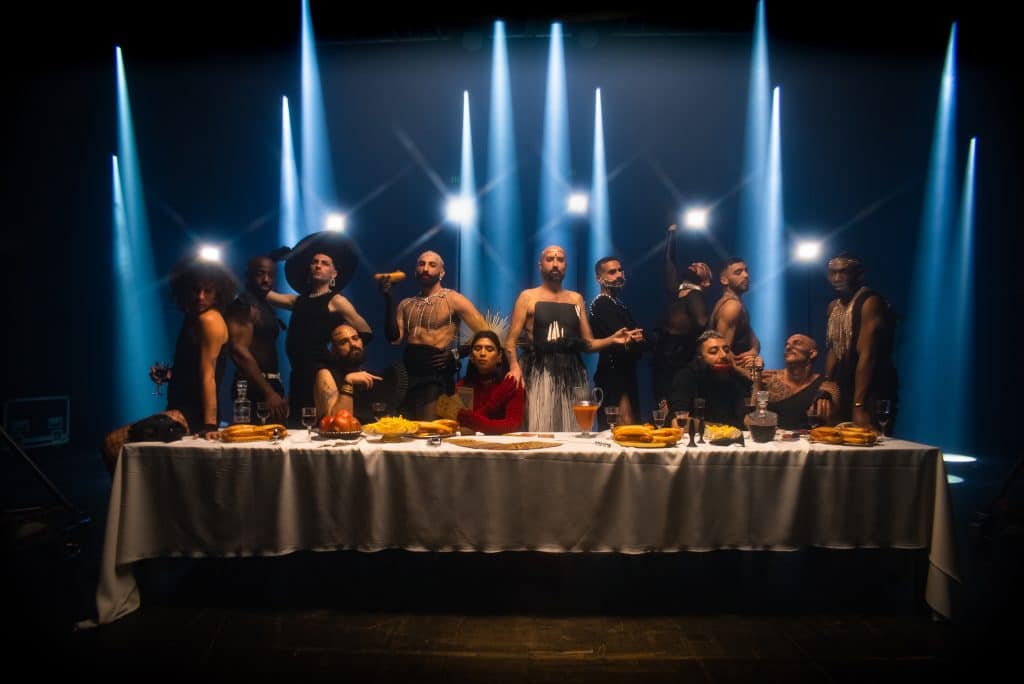
Enter Barry Brandon
There are queer folks out there prepared to look this problem in the eyes. To meet it with curiosity and creativity in the hopes of dismantling anti-LGBTQIA+ rhetoric, legal precedents, and social stigma. Folks like Barry Brandon. You may recognize Brandon from their viral appearances on queer TikTok, or perhaps from our coverage of their last project which celebrated queer beauty and strength. Now Brandon, better known as @thequeerindigo, has curated and produced a whole new project. The First Queer Supper is a queer take on The Last Supper, retold through a lens of unapologetic, highly visible, queer excellence. The images depict 13 beautiful queer humans from all over the world positioned at one side of a long table. 13 humans, representing Jesus, eleven Apostles, and Mary Magdalene.
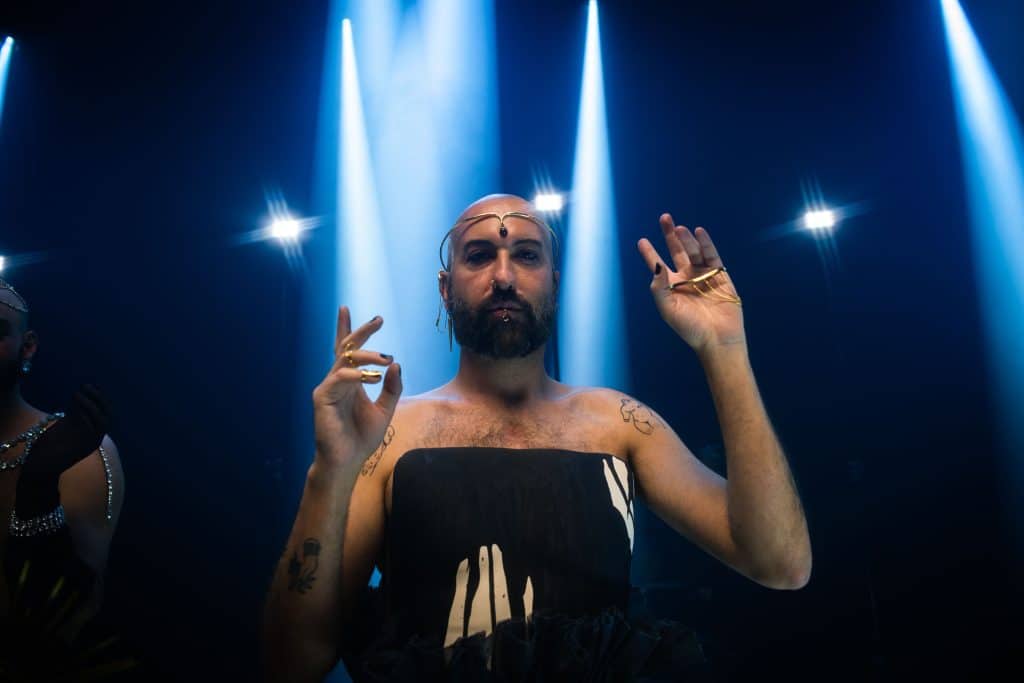
A Queer Take on The Last Supper
The timing of this project’s launch, on the eve of Good Friday, is no coincidence. “The First Queer Supper is intended to be both referential and disruptive,” says Brandon. “By depicting powerful queer humans in a canonical piece of Christian iconography, the workforces a duality that is both uncomfortable and comforting to the viewer.” The concept, by Barry Brandon and Sebastián Sommaruga, literally invites queer people to the table when it comes to depictions of religious imagery. The images, taken by Franco Dlp, also feature other members of The Queer Coven, including Rodrigo Falero, Chris, Charles, Sister Trish, Ovidiu Popescu, Rylé Tuvierra, Awad, Jamal, Ash, Nil Alguer, Arash, Jay Jay Revlon.
“The work calls attention to the heteronormative and harmful systems continuing to affect queer people,” says Brandon. “While also very explicitly undermining them.” I got the chance to connect with Brandon about this project, allowing me to explore the stunning imagery a little deeper. I also spoke to Brandon about her experiences with religion and how ze finds joy as a queer person today. Before diving in, follow Brandon and all the other lovely people who helped bring this iconic project to life.
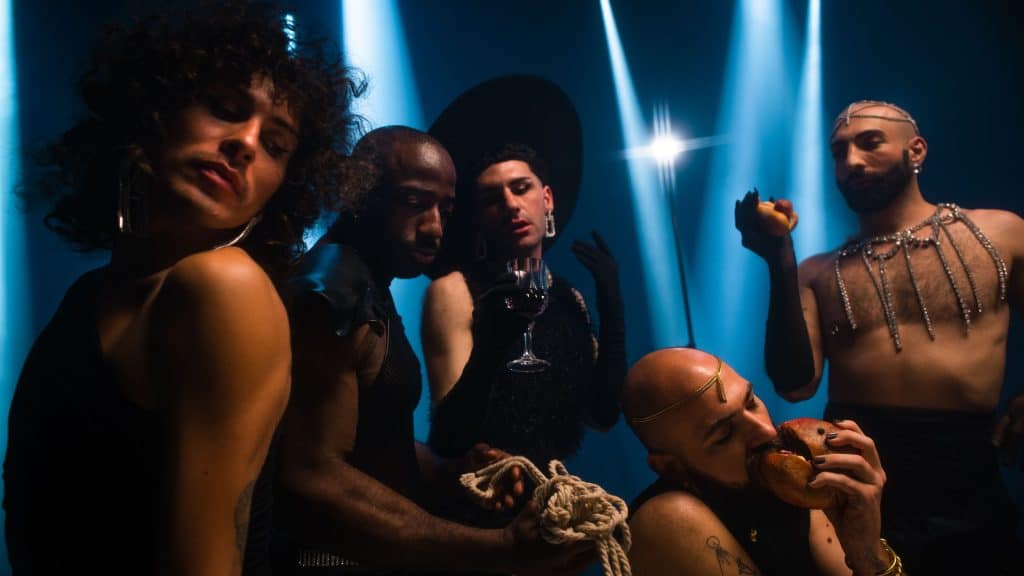
Gayety: This project is sure to ruffle some feathers, especially given the timing of the release. What do you hope straight, cis folks will take away from this, if anything?
Barry: If the Jesus that Christians worship were alive today he would be the biggest socialist. He would be protesting in the streets to advocate for LGBTQIA+ rights. He would be a champion for queer and trans people and definitely wouldn’t be the kind of person the North American republican party would support. It is essential for queer people to find solace and value in themselves rather than seeking approval from outside people and institutions. It is my goal to build a stronger community and find actionable solutions. This will always be more effective than waiting for change—and infinitely more effective than “thoughts and prayers”
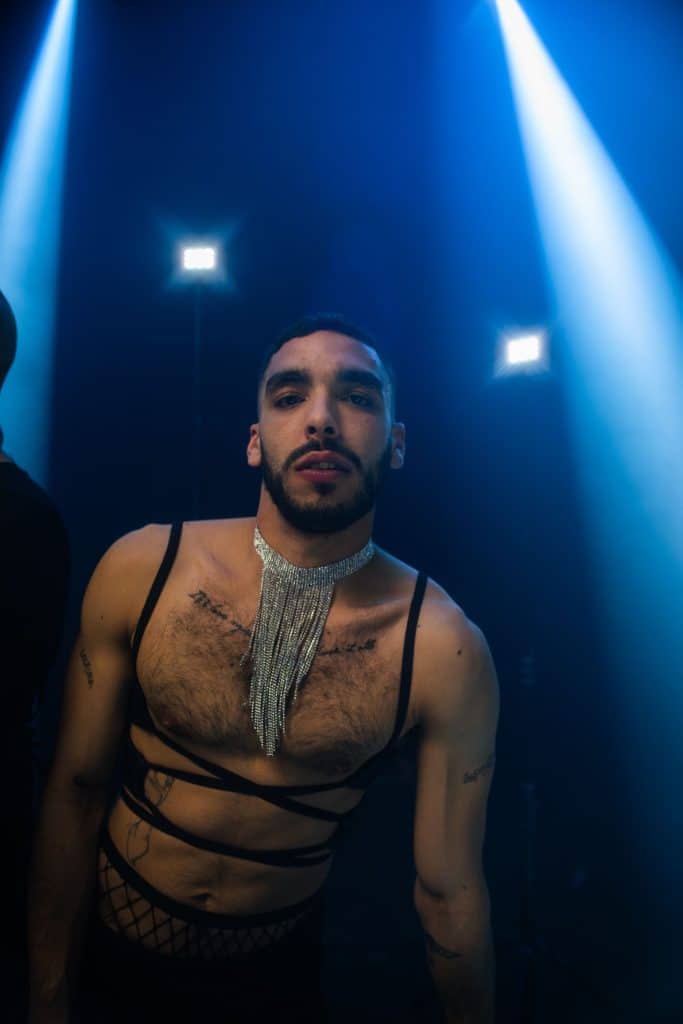
Gayety: Tell us a little bit about your background or experience with Christianity, positive or negative.
Barry: I grew up with a Sicilian/Italian background, but oddly enough, my family was not religious. However, due to my heart condition — from what I have gathered — my mother turned to Christianity to seek some kind of calmness or purpose, rather than looking inward. She bounced around to different churches, i.e. episcopal, methodist, etc, and landed on the catholic church. I attended CCD and had my first communion, as well as my confirmation, but never felt aligned with what I was being taught. Constantly asking questions, I never received any answers that made sense.
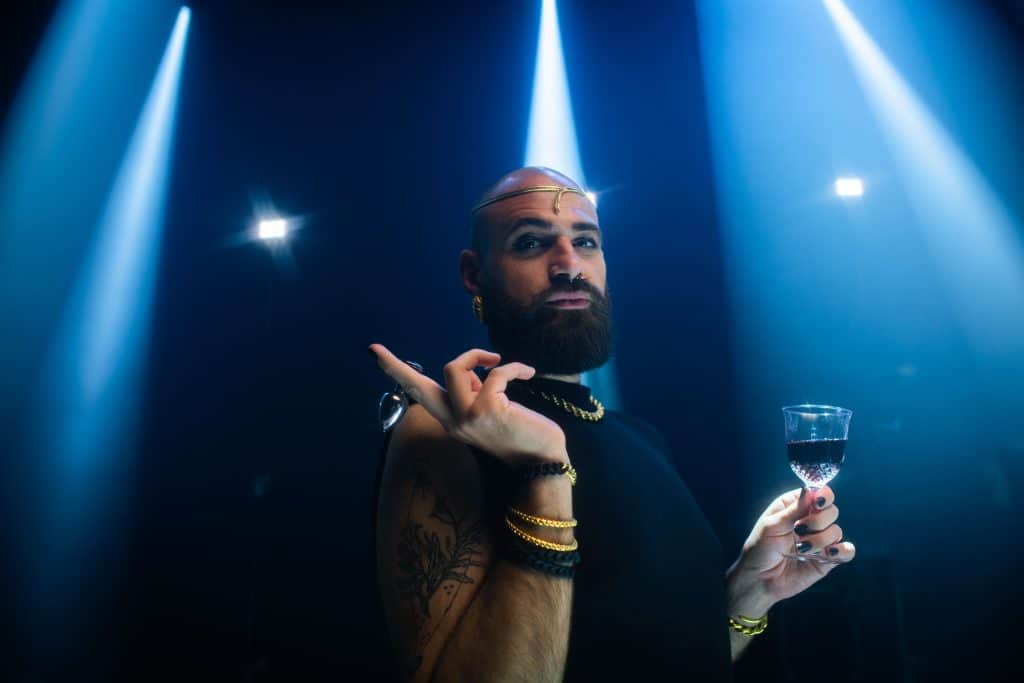
I stepped massively away from any alignment with the church when I was about 16. I remember feeling uncomfortable with the balance of power that the priest had over everyone, how he spoke (essentially commanding people), and everyone just listened. Even just the ritual of it — the constant standing up and sitting down, always felt emotionally heavy and confusing. Something about people giving away that much power to someone who was interpreting a fictitious book, as if it were fact, and determining what was “truth”. I was quite confused.
I am not traumatised by the church myself, but I am quite cautious of the power the church holds. Especially their ability to spin the teachings of Jesus, who they hold at the center of their religion, from the kind, loving, generous, giving, selfless, inclusive socialist (essentially the ultimate progressive) — into a figure that is somehow aligned with a “conservative” viewpoint is both harmful and asinine.
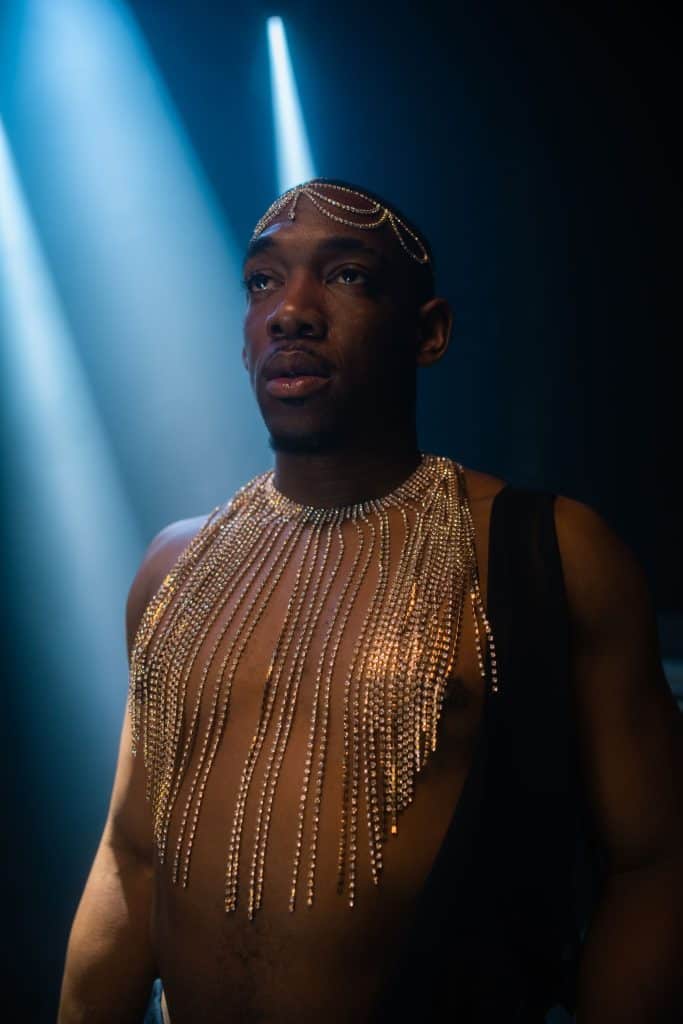
Gayety: So many queer folks of all ages are just now beginning to unpack the religious trauma they faced growing up. What advice would you to them?
Barry: We as humans are oftentimes intuitively aware of certain things without knowing why. We have that gut feeling, in our stomach, that acts as a sixth sense. I believe everyone has this ability of intuition—it only depends on strength. I believe that generational trauma and lies have a sort of weakening effect on this ability. Often these lies may not be deliberate, yet are passed-down responses to trauma to remain safe. For example, “we do this because it’s tradition”—even though that tradition hasn’t been questioned in a long time, maybe ever, and just becomes “it is what it is”.
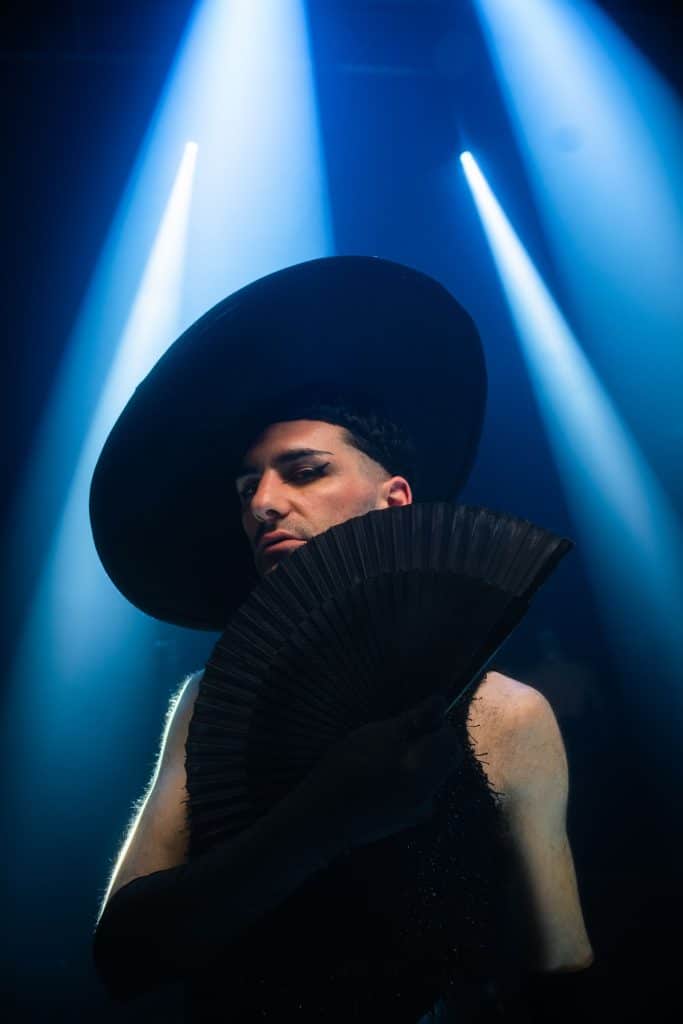
The perpetual, somewhat unconscious cycle, of indoctrinating people into religious behaviors and worldviews is one of, if not the, scariest things to me. It terrifies me how often people who are parents decide to bring a human into the world against their will, then are permitted to instill and indoctrinate those humans with their beliefs (based on nothing other than traditions), to create humans that have no autonomy, or ability to determine fact from fiction for themselves. Then, if said human rejects these teachings in any way—it can lead to extremely deep-rooted trauma that can take years to heal from if said human ever heals at all.
Let Intuition Be Your Compass
My advice to people is that seeking external validation is never the answer. Your intuition can be your compass. You don’t need a rulebook to life. Take the time to heal. Speak directly into the mirror, and tell yourself that you were lied to about many things. Forgive yourself for not understanding those lies sooner. Take the time to heal from that truth, and build yourself up from a space of self-love and acceptance. Your intuition, if it wasn’t there already, will more than likely become much more present. Find self-love. Find community. It is here that you will find so much joy.
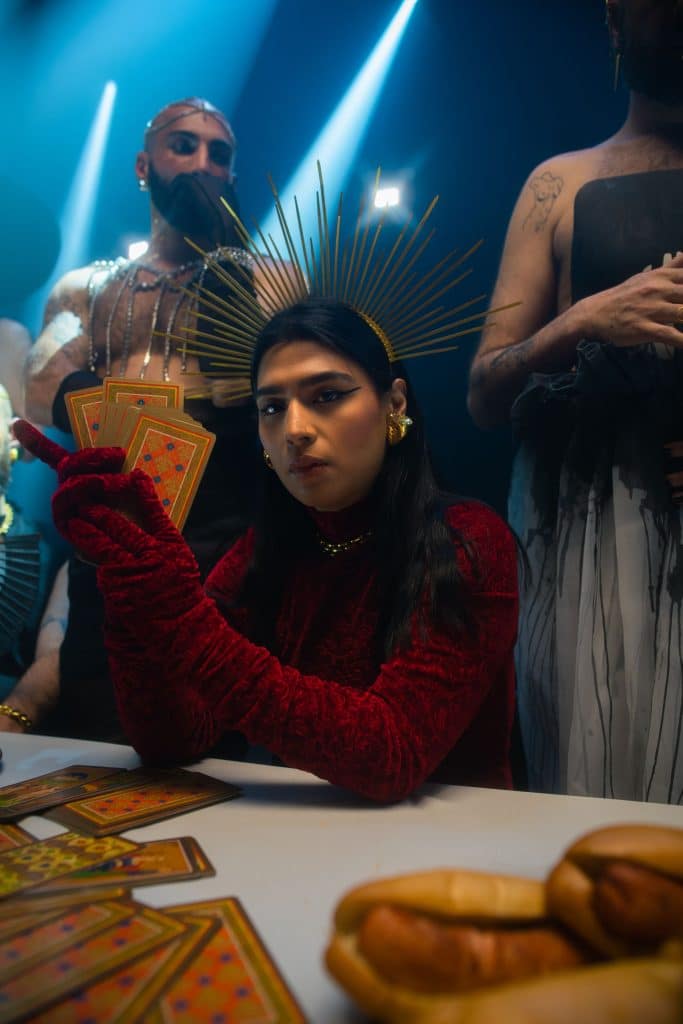
Gayety: How do you think this project, or projects like it, might help queer folks reconcile their faith and their sexuality?
Barry: I would prefer to leave that question for the viewer.
Gayety: The project is truly a feast of the eyes. Tell us about your favorite piece of imagery from the shoot and its significance.
Barry: For me, it was the humans involved. Of the 13 humans featured there is representation from 11 countries. And of course all of the hidden items. It’s like where’s Waldo…can you spot the hidden gems?
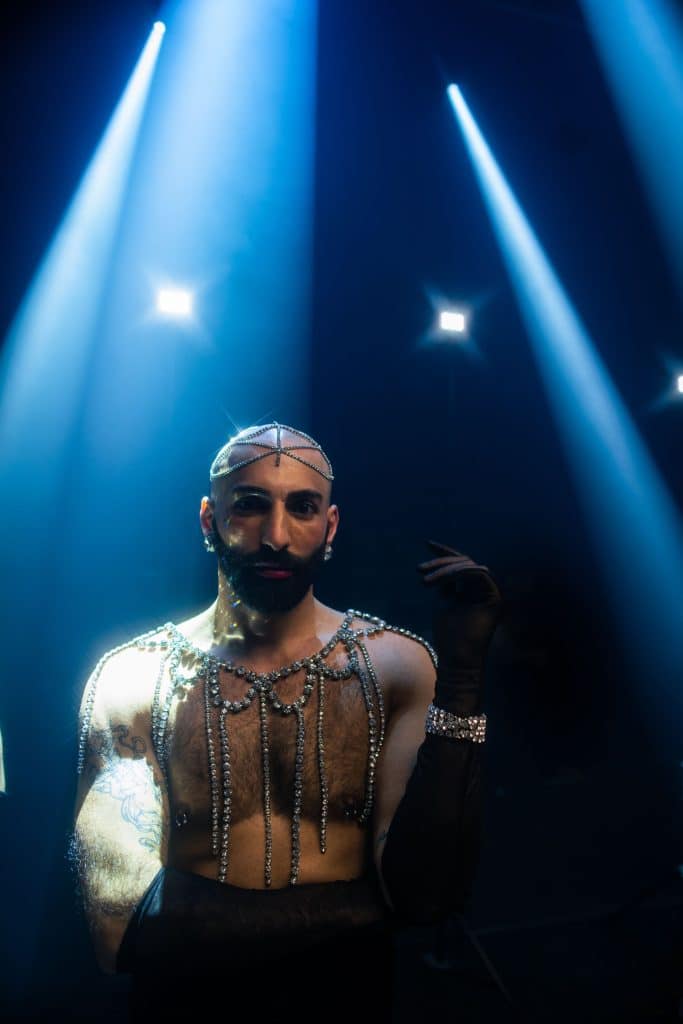
Gayety: So much harm is being done right now to queer people in the United States in the name of Christianity. What are you doing to find joy as a queer person right now?
Barry: As a quite joyous person I find joy everywhere, It’s the little things—get-togethers with friends, park days, beach days, artistic collaborations, movie nights, travels, all of it.
Gayety: After the Pearls shoot, and now this, we are dying to know what’s next, and how folks can support your work.
Barry: After a 4-year hiatus away from nightlife, I am returning. I will be throwing, what will be, a monthly event in Barcelona at Razzmatazz and I am so excited about it! I can’t give away too much just yet but be on the lookout very soon. It will be a queer-centered experience with lewks, performances and so much more.
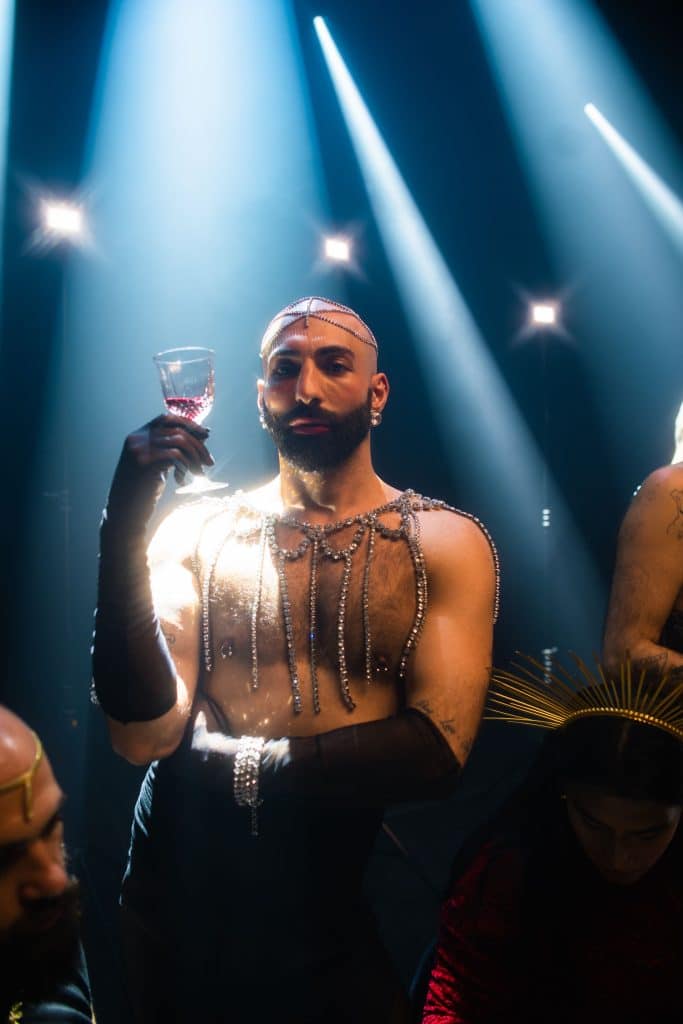
Good Fridays
To observe Good Friday in Ireland people often went without meat. An old family friend of ours (and staunch Catholic) used to tell my mother that “It’s a good Friday you have meat to eat.” I know it’s possible to keep religion, even Catholicism, without queerphobia. It’s possible to be Christian and to put the needs of others, especially the vulnerable and the marginalized, before your own. I know it because I’ve seen it. My life is dotted with folks who keep their religion, and their promise to uphold human dignity and agency. Why then does it feel so rare?
Projects like The First Queer Supper remind me that faith, real faith, can and should be challenged. All of us, no matter what we believe, should ask ourselves who we’re welcoming to our table and who we’re turning away. In the end, queer people will always find community—even if we have to build our own table.
Before You Leave
If you haven’t yet, please take a moment to follow the incredibly talented folks who worked on this project. Check out Barry Brandon’s website and follow them on Instagram, TikTok, YouTube, Twitter, and Facebook. Keep reading for a list of the creatives behind the camera and show them your support.
The Queer Indigo’s Jewelry: MAM Originals
Select Clothing: EÑAUT
Ceramic Accessories: Catalina
Delicious Bites: EL PIBE
Location: Razzmatazz Clubs
Art Direction: Sebastián Sommaruga
Styling: Ovidiu Popescu, Sebastián Sommaruga, Barry Brandon
Director of Photography: Franco
Art Team: Camilla Bolart
Gaffer: Belen
Camera: Renzo
Spark: Sandra
DMX Controller: Helga Signes
Lights and Gear: Aluzine Rentals
